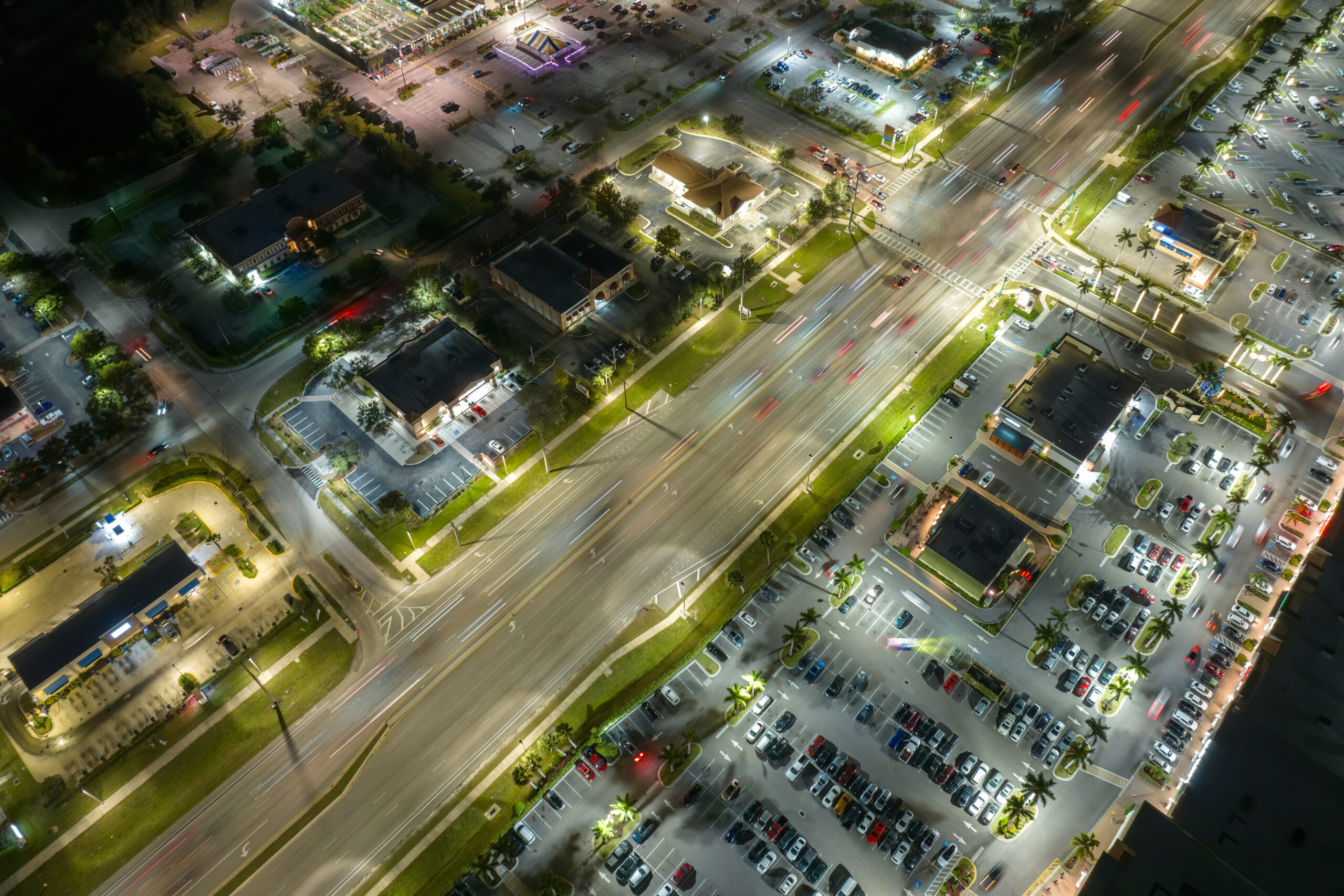Why Florida Is Still the Retail Goldmine
After more than 30 years in commercial real estate development, one truth has held steady: Florida doesn’t stop growing. No matter the economic climate, our state continues to attract new residents, businesses, and investments. As the President of MX Properties, I’ve spent decades tracking where the growth is happening—and more importantly, where it’s going next.
In 2025, Florida’s retail landscape is as dynamic as ever. But not all markets are created equal. While the usual hot spots like Miami and Orlando remain strong, some of the most promising opportunities are now emerging in less traditional areas—places with explosive population growth, improving infrastructure, and changing consumer behavior.
For developers and investors trying to position themselves for the next wave, here’s a breakdown of the submarkets I’m watching most closely this year, backed by real trends and boots-on-the-ground insights.
1. Lakeland-Winter Haven: Central Florida’s Sleeper Giant
This area, located halfway between Tampa and Orlando along the I-4 corridor, has seen a massive influx of residents over the past few years. According to recent census updates, Lakeland-Winter Haven was one of the top five fastest-growing metro areas in the country in 2023, and that trend has continued into 2025.
What’s driving it? A combination of affordable housing, logistics development (thanks to its strategic location), and major road improvements. For retail, this means new neighborhood centers, service-based tenants, and QSR opportunities in newly built communities.
We’re currently exploring a QSR-focused site here, and tenant demand is strong. The key is securing access points early and ensuring your site plan supports future traffic loads—which are only going up.
2. North Port–Sarasota–Bradenton: Where Affluence Meets Expansion
While Sarasota has long been a magnet for retirees and tourists, North Port has become the rising star of this region. With the population now topping 80,000 and median household incomes steadily climbing, the area is attracting national tenants at a fast pace.
Sarasota County’s investment in infrastructure and permitting efficiency has helped speed up retail construction timelines. We’ve seen strong interest from grocers, banks, and specialty healthcare providers looking to serve a more affluent, year-round population.
For developers, this submarket offers a unique balance—higher margins than inland markets, but fewer entitlement headaches than major metro cores.
3. Ocala and Marion County: The Logistics and Equestrian Surge
Ocala might not make headlines like Miami or Tampa, but it’s punching well above its weight. With major distribution centers from Amazon, FedEx, and Chewy built or underway, the city is now a critical logistics hub in the state. That workforce growth, coupled with an affordable cost of living and expanding residential developments, has led to a surge in retail demand.
Ocala is also the horse capital of the world, and that industry brings steady tourism and discretionary spending. We’re seeing solid opportunities in mixed-use formats that include hospitality, convenience, and limited-service retail near the World Equestrian Center.
4. St. Johns County (Northeast Florida): The Affluent Suburban Boom
Just south of Jacksonville, St. Johns County continues to experience explosive suburban growth. Master-planned communities like Nocatee and SilverLeaf are driving thousands of new rooftops, and with them, a high demand for daily-needs retail.
The average household income here is among the highest in the state, and residents are expecting quality—both in the retail mix and in the design of the centers themselves. We’re seeing elevated interest from upscale grocery brands, boutique fitness, and healthcare retail.
This is not the place to build barebones retail. High expectations mean higher development costs—but also higher returns when executed properly.
5. Cape Coral–Fort Myers: Resilience and Regrowth
After being hit hard by Hurricane Ian in 2022, many predicted a slow recovery for this region. But in typical Florida fashion, Cape Coral and Fort Myers have come roaring back. Building permits are up, the housing market has stabilized, and population inflows remain strong—particularly among working families and remote professionals seeking affordability and sunshine.
We’re now seeing fresh interest in redevelopment of older retail sites, as well as new-build projects serving high-growth corridors like Pine Island Road. There’s also a renewed focus on hurricane-resilient building design, which has raised construction costs slightly—but also improved the long-term viability of new centers.
Key Trends Driving Submarket Success
Across all these submarkets, three common themes stand out:
- Population Growth: Florida continues to gain over 1,000 residents a day. Markets that combine affordability with access to jobs and quality schools are winning.
- Infrastructure Investment: From I-75 expansion to regional airport growth, transportation improvements are opening up new pockets of opportunity.
- Hybrid Consumer Behavior: Today’s shoppers want a mix of convenience and quality. QSR, health and wellness, and service-based retail are outpacing traditional big-box formats.
Follow the Fundamentals
At MX Properties, we’re bullish on Florida—but selective. The goal isn’t just to build more—it’s to build smarter. That means choosing submarkets where fundamentals are strong, partnerships are reliable, and tenant demand is growing—not just this year, but five and ten years from now.
If you’re a developer, investor, or brand operator looking to expand in 2025, don’t just chase the obvious markets. Take a closer look at the next layer of growth. In my experience, the best returns often come from the places just about to take off—not the ones that already have.
Florida’s map is full of potential. You just have to know where to look.
